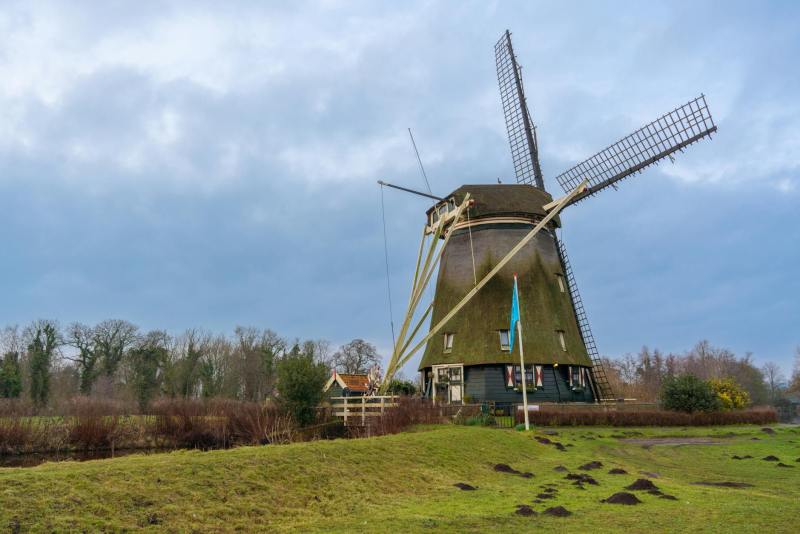We’ve all been there. You’re standing in a museum, peering at an ancient artifact behind a thick pane of glass. You read the little plaque, try to imagine the world it came from, and move on to the next exhibit.
While museums are fantastic gateways to the past, what if you could step right through that glass and experience immersive travel experiences with all your senses?
This is the magic of slow travel and the core of what makes exploring new places so special. It’s about finding those spots where the past isn’t just preserved; it’s alive.
It’s about trading silent galleries for the clang of a blacksmith’s hammer or the scent of bread baking in a centuries-old oven.
History you can feel
Welcome to the world of living history attractions.
These aren’t your typical tourist spots. They are meticulously recreated villages, open-air museums, and heritage sites where the past breathes.
Here, you can walk down cobblestone streets, enter homes as they were hundreds of years ago, and watch artisans practice age-old crafts.
Instead of just looking at a painting of a Dutch windmill, you can feel the floorboards vibrate as its giant sails catch the wind.

This type of travel closes the distance between you and the people who came before, turning abstract historical facts into tangible, memorable experiences.
Dutch countryside example
Few places capture this spirit better than the iconic polder landscapes of the Netherlands.
Imagine a village where the air smells of fresh cocoa beans being roasted, and where the gentle whir of historic windmills is your soundtrack. You can watch a craftsman carve a perfect pair of wooden clogs right before your eyes or step into a cheese dairy to taste samples made with traditional methods.
This immersive journey into Dutch heritage is more than just a photo opportunity; it’s a full-sensory experience.
When you tour Zaanse Schans, you see this history unfold, from its iconic green-painted houses to its functioning industrial windmills. It’s a perfect example of how a destination can transport you completely to another era.
Tips for immersive travel in the Netherlands
To get the most out of any living history destination, a little planning goes a long way. These experiences are designed to be explored, not just seen.

Here are a few tips to make your trip truly memorable:
- Chat with the experts. The artisans and costumed interpreters are passionate about their craft and history. Ask them questions! Their stories will add incredible depth to your visit.
- Follow your senses. If you smell something delicious, find out where it’s coming from. Try the Dutch food specialties, whether it’s freshly made stroopwafels or aged cheese.
- Time your visit. These popular spots can get crowded. Arriving early in the morning or staying later in the afternoon often provides a more peaceful and personal experience.
- Look for hands-on activities. Many sites offer workshops where you can try your hand at a traditional craft. This is a fantastic way to create a unique souvenir and a lasting memory.
- Do a little homework. Reading a bit about the historical period you’re about to step into can make the experience much richer. Context is everything!
Finding your portal
Portals to the past exist all over the world. You can find them in colonial American towns, medieval European villages, and ancient settlements everywhere in between. They offer a unique window into the daily lives, challenges, and triumphs of those who shaped our world.

The best way to unlock these destinations is with a bit of help. Knowledgeable guides can share hidden stories and handle the logistics, letting you focus entirely on the experience. Companies like Camaleön Tours specialize in creating these kinds of culturally rich excursions, making it easy to connect with history on a deeper level.
Making history personal
The next time you plan a trip, look beyond the traditional museums and monuments. Seek out the places where you can hear, see, and taste the past.
These immersive travel experiences don’t just teach you about history; they make you a part of its story. You’ll come home not just with photos, but with memories that feel rich, authentic, and wonderfully alive.
What are your favorite “living history” spots around the world? Share your discoveries in the comments below!

